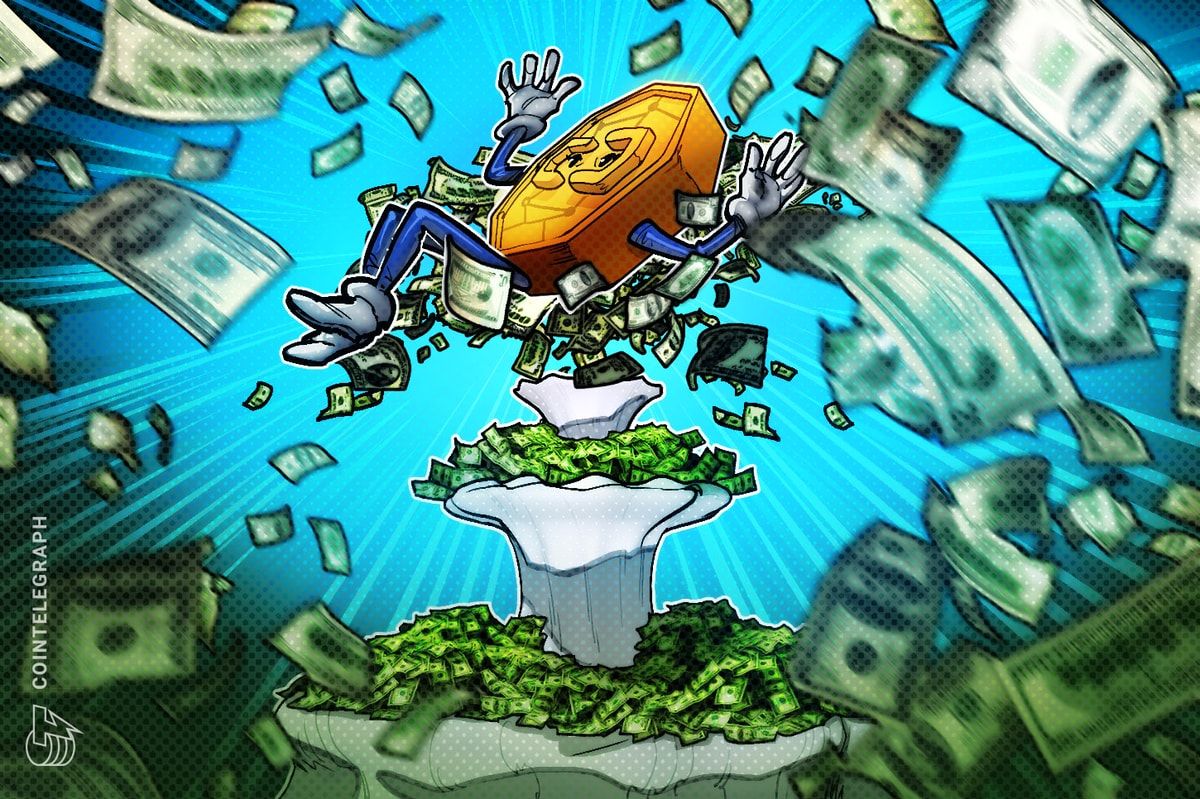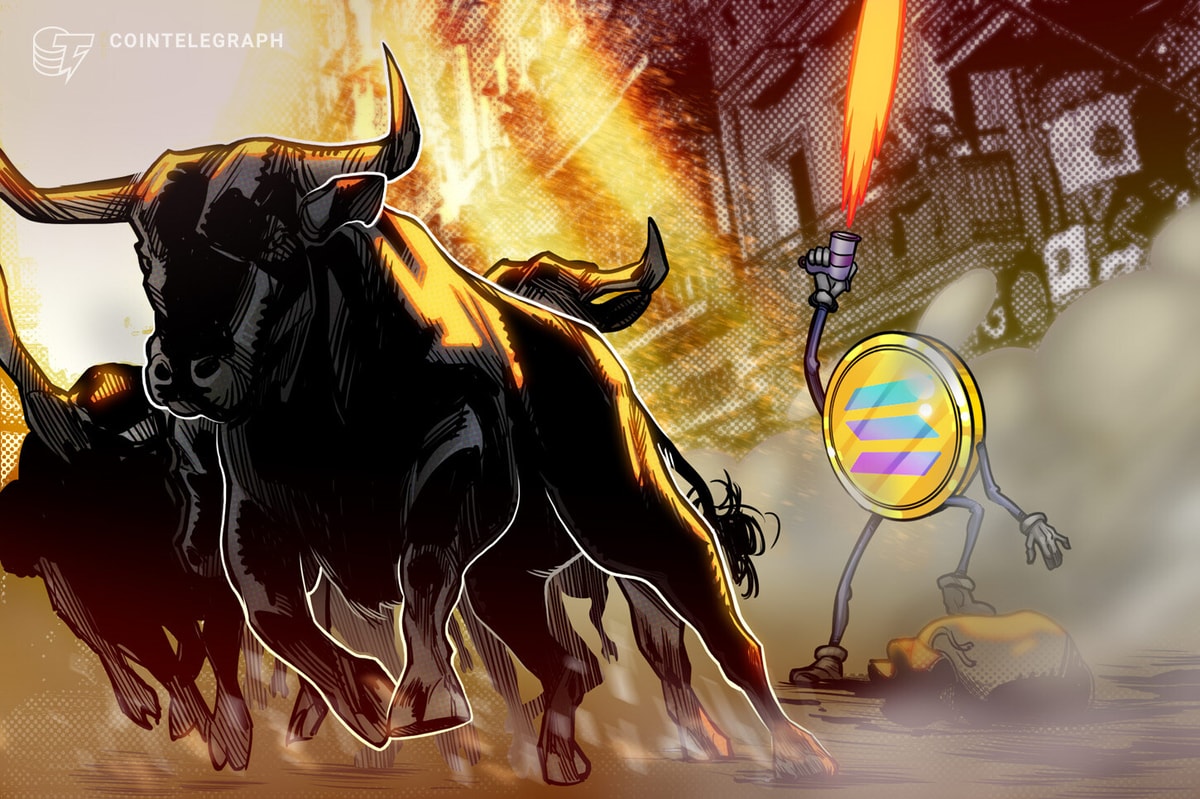Ether’s (ETH) price experienced a sharp 33.9% decline from $3,203 on Aug. 2 to $2,188 on Aug. 5, reaching its lowest level in over seven months. This crash followed a broader market correction in the crypto sector. However, with Ether’s price rebounding by 23.7% from its Aug. 5 low in less than 36 hours, traders are now questioning whether ETH can reclaim the $3,000 mark.
How does the market feel about ETH?
To understand whether this bounce from the Aug. 5 lows is sustainable, it’s essential to analyze the factors that triggered the initial price drop. Some analysts suggest that the Japanese stock market initiated the sell-off after the Nikkei 225 suffered intraday losses of 13% on Aug. 5. This movement followed the Bank of Japan’s decision to raise interest rates for the first time in 17 years on July 31.
Despite the Nikkei 225 closing only 4.6% down on Aug. 5, the effects were felt across all markets. The S&P 500 index dropped 3%, and gold fell 2.7% from its Aug. 5 high to $2,477. Ether’s decline was more pronounced due to the higher volatility inherent in the cryptocurrency sector and the excessive leverage used by ETH bulls. This disparity also explains how Ether managed to reclaim the $2,500 level on Aug. 6.
Considering the S&P 500’s 2.9% gain from its Aug. 5 lows, is there sufficient bullish momentum to sustain Ether’s price recovery to the previous week’s $3,000 level? From a macroeconomic perspective, uncertainty persists after major tech companies, including Microsoft and Intel, reported second-quarter earnings below market estimates. Additionally, the entire artificial intelligence sector is under scrutiny, with Nvidia’s stock trading 25% below its all-time high. Recent weak United States jobs data has further dampened investor sentiment.
To gauge whether Ether traders remain optimistic after the turmoil, it’s crucial to analyze ETH futures and options metrics, along with the overall demand for Ethereum network use based on onchain metrics. For instance, to account for the longer settlement period, Ether monthly futures should trade 5%–10% higher in annualized terms compared to regular spot markets.

Ether’s futures premium briefly dipped below the 5% neutral threshold on Aug. 5 but managed to stay above 6% later that day. Although this is still below the 11% level seen one week prior, which indicated optimism, the data suggests a balanced leverage demand between Ether bulls and bears using futures contracts.
Ether options markets and onchain metrics displayed modest resilience
To confirm whether this metric is not an outlier influenced by cash and carry trades, which aim to capture fixed-income gains, one should assess the Ether options markets. When fear dominates, put (sell) options will trade at a premium relative to call (buy) options, pushing the delta skew indicator above 7%.

The ETH skew moved to its highest level in nearly three months at 1.8%, still well within the neutral 7% threshold. In fact, the last time bullish sentiment dominated Ether options was on July 23, when the metric dropped to -8%. This indicates a slight deterioration in Ether derivatives metrics, but both futures and options reflect a neutral sentiment.
Related: Ethereum’s quick rebound positions ETH price for 100% rally
Lastly, one should cross-check derivatives data with onchain metrics to understand if the demand for Ethereum decentralized applications was impacted by the price crash. The total value locked (TVL), which measures deposits across the entire ecosystem, including staking, decentralized finance, marketplaces and collectibles, increased to 19.2 million ETH on Aug. 5, its highest level since November 2022, according to DefiLlama data.
In summary, there is nothing hindering Ether’s price recovery apart from the broader economic uncertainties and the overall risk market. If the S&P 500 continues to show strength, it is likely that ETH can reclaim the $3,000 support from the previous week.
This article does not contain investment advice or recommendations. Every investment and trading move involves risk, and readers should conduct their own research when making a decision.











